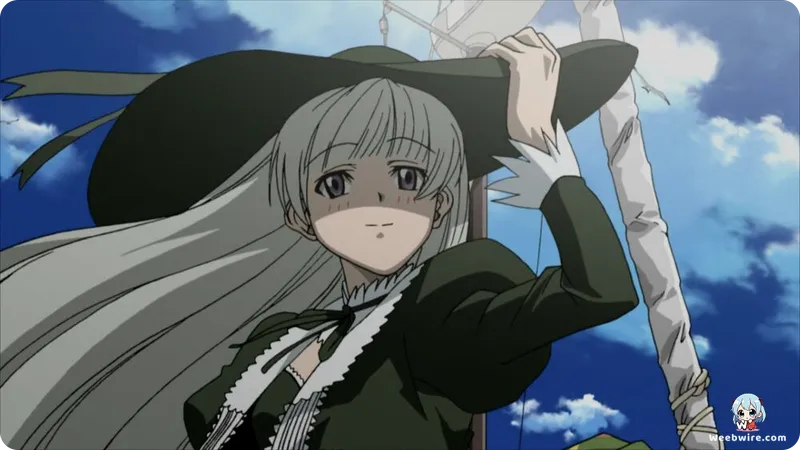The Hidden Depths of Roanapur: Unpacking 'Black Lagoon's' Technical Precision and the Legendary English Dub

Released in 2006 by the renowned studio MADHOUSE, Black Lagoon instantly established itself as the gold standard for blending visceral, hyper-violent action with profound moral complexity. While global audiences are captivated by the dangerous exploits of the Lagoon Company crew—Revy, Rock, Dutch, and Benny—within the lawless, fictional Thai city of Roanapur, the series' enduring cult status is built upon a rarely acknowledged foundation of intense technical research and bold production decisions. These intricate details elevate Black Lagoon far above typical action anime.
Commitment to Technical Realism
Central to the series' authenticity is the near-obsessive commitment to accuracy demonstrated by creator Rei Hiroe. Unlike many counterparts where weaponry is stylized or simplified, Hiroe insists on treating military hardware with meticulous detail. Every firearm depicted, from the specialized machine guns used by major antagonists to the iconic Beretta 92FS Inox pistols wielded by Revy (known as 'Two Hands'), reflects precise mechanical rendering. Hiroe frequently incorporates specific notes in the source manga detailing the real-world history, caliber, and necessary modifications of these guns, lending a tangible realism to every firefight.
For example, Revy’s customized Berettas reflect actual practices common among special forces and mercenaries who modify their sidearms for peak performance and unique aesthetics.
This dedication to logistics extends even to their vessel: the Black Lagoon itself is not generic, but meticulously modeled after a World War II-era Elco 80-foot PT boat—an ideal, if historically resonant, choice for high-speed smuggling operations across Southeast Asian waters.
The Authenticity of Roanapur
The setting of Roanapur, a volatile port rumored to be near the Thai-Cambodian border, is equally well-researched. Though fictional, its atmosphere of corruption and its status as a global criminal melting pot draw heavily from real-world harbors known for piracy and organized crime. Hiroe invested significant time studying the geopolitical history and criminal infrastructure of the region, ensuring Roanapur felt like a believable, albeit exaggerated, stage for mercenary conflict and moral decay. This deep context allows powerful characters, such as Balalaika of Hotel Moscow, to emerge organically from the remnants of regional historical conflicts.

The Celebrated English Dub
Perhaps the most celebrated creative deviation of the anime adaptation involves its English localization. Black Lagoon stands as a rare example where the English dub is not merely well-received, but often judged superior to the original Japanese track in capturing the raw, abrasive core of the narrative. The localization team deliberately embraced coarse, highly profane dialogue, perfectly mirroring the brutal reality of the criminal underworld. The English script, particularly for Revy, is significantly more aggressive and vulgar than the standard Japanese version, authentically channeling the street-hardened cynicism of a character raised in the harsh environment of New York City. Maryke Hendrikse's explosive portrayal of Revy is frequently lauded for its intensity and emotional depth, demonstrating a successful localization strategy where thematic resonance and character fidelity took precedence over strict literal translation.
Finally, MADHOUSE’s production utilized cinematic techniques inspired directly by directors like Quentin Tarantino and John Woo, featuring kinetic camera movements, stylized slow-motion, and fluid, high-octane action sequences, cementing Black Lagoon as a visually stunning and enduring thriller.
Credits
Black Lagoon
Author
Rei Hiroe
Cover Art
Rei Hiroe
Studio
MADHOUSE
Publisher
Shogakukan
Producers





